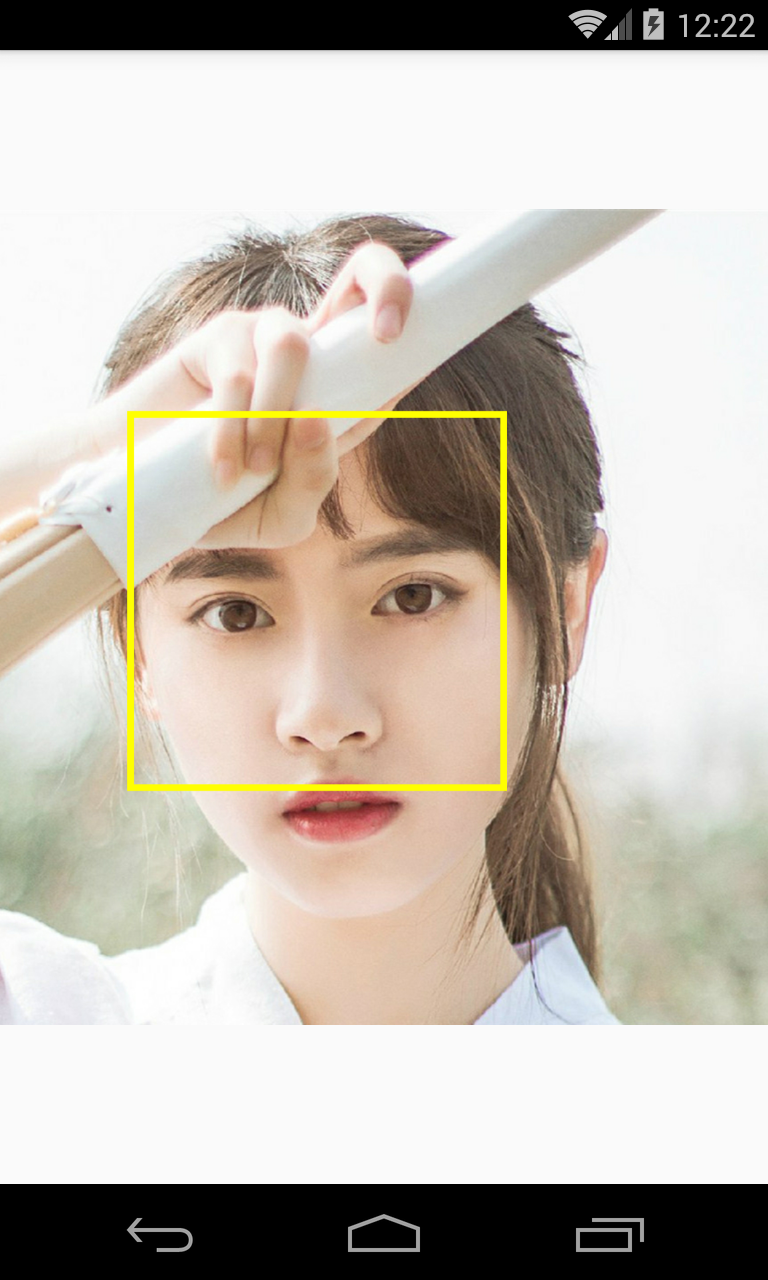蓝牙
为了让支持蓝牙的设备能够在彼此之间传输数据,它们必须先通过配对过程形成通信通道。其中一台设备(可检测到的设备)需将自身设置为可接收传入的连接请求。另一台设备会使用服务发现过程找到此可检测到的设备。在可检测到的设备接受配对请求后,这两台设备会完成绑定过程,并在此期间交换安全密钥。二者会缓存这些密钥,以供日后使用。完成配对和绑定过程后,两台设备会交换信息。当会话完成时,发起配对请求的设备会发布已将其链接到可检测设备的通道。但是,这两台设备仍保持绑定状态,因此在未来的会话期间,只要二者在彼此的范围内且均未移除绑定,便可自动重新连接。
声明权限
<manifest ... ><uses-permission android:name="android.permission.BLUETOOTH" /><uses-permission android:name="android.permission.BLUETOOTH_ADMIN" /><!-- If your app targets Android 9 or lower, you can declareACCESS_COARSE_LOCATION instead. --><uses-permission android:name="android.permission.ACCESS_FINE_LOCATION" />...
</manifest>
使用配置文件
BluetoothHeadset bluetoothHeadset;// Get the default adapter
BluetoothAdapter bluetoothAdapter = BluetoothAdapter.getDefaultAdapter();private BluetoothProfile.ServiceListener profileListener = new BluetoothProfile.ServiceListener() {public void onServiceConnected(int profile, BluetoothProfile proxy) {if (profile == BluetoothProfile.HEADSET) {bluetoothHeadset = (BluetoothHeadset) proxy;}}public void onServiceDisconnected(int profile) {if (profile == BluetoothProfile.HEADSET) {bluetoothHeadset = null;}}
};// Establish connection to the proxy.
bluetoothAdapter.getProfileProxy(context, profileListener, BluetoothProfile.HEADSET);// ... call functions on bluetoothHeadset// Close proxy connection after use.
bluetoothAdapter.closeProfileProxy(bluetoothHeadset);
设置蓝牙
BluetoothAdapter bluetoothAdapter = BluetoothAdapter.getDefaultAdapter();
if (bluetoothAdapter == null) {// Device doesn't support Bluetooth
}
作为服务器连接
private class AcceptThread extends Thread {private final BluetoothServerSocket mmServerSocket;public AcceptThread() {// Use a temporary object that is later assigned to mmServerSocket// because mmServerSocket is final.BluetoothServerSocket tmp = null;try {// MY_UUID is the app's UUID string, also used by the client code.tmp = bluetoothAdapter.listenUsingRfcommWithServiceRecord(NAME, MY_UUID);} catch (IOException e) {Log.e(TAG, "Socket's listen() method failed", e);}mmServerSocket = tmp;}public void run() {BluetoothSocket socket = null;// Keep listening until exception occurs or a socket is returned.while (true) {try {socket = mmServerSocket.accept();} catch (IOException e) {Log.e(TAG, "Socket's accept() method failed", e);break;}if (socket != null) {// A connection was accepted. Perform work associated with// the connection in a separate thread.manageMyConnectedSocket(socket);mmServerSocket.close();break;}}}// Closes the connect socket and causes the thread to finish.public void cancel() {try {mmServerSocket.close();} catch (IOException e) {Log.e(TAG, "Could not close the connect socket", e);}}
}
作为客户端连接
private class ConnectThread extends Thread {private final BluetoothSocket mmSocket;private final BluetoothDevice mmDevice;public ConnectThread(BluetoothDevice device) {// Use a temporary object that is later assigned to mmSocket// because mmSocket is final.BluetoothSocket tmp = null;mmDevice = device;try {// Get a BluetoothSocket to connect with the given BluetoothDevice.// MY_UUID is the app's UUID string, also used in the server code.tmp = device.createRfcommSocketToServiceRecord(MY_UUID);} catch (IOException e) {Log.e(TAG, "Socket's create() method failed", e);}mmSocket = tmp;}public void run() {// Cancel discovery because it otherwise slows down the connection.bluetoothAdapter.cancelDiscovery();try {// Connect to the remote device through the socket. This call blocks// until it succeeds or throws an exception.mmSocket.connect();} catch (IOException connectException) {// Unable to connect; close the socket and return.try {mmSocket.close();} catch (IOException closeException) {Log.e(TAG, "Could not close the client socket", closeException);}return;}// The connection attempt succeeded. Perform work associated with// the connection in a separate thread.manageMyConnectedSocket(mmSocket);}// Closes the client socket and causes the thread to finish.public void cancel() {try {mmSocket.close();} catch (IOException e) {Log.e(TAG, "Could not close the client socket", e);}}
}
运行结果截图







